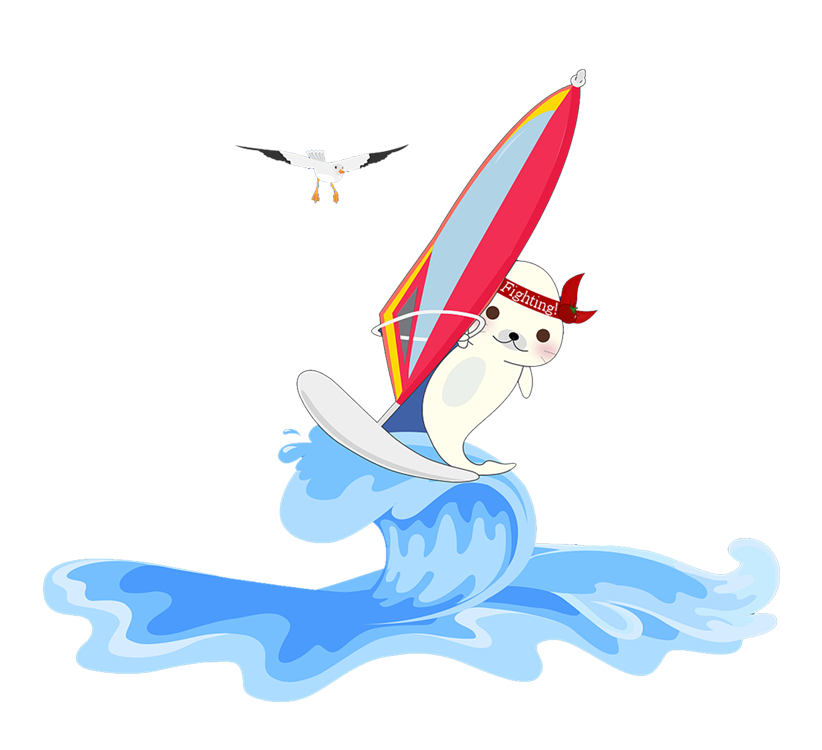CAPE CANAVERAL, Florida-A SpaceX shipment of ants, avocados and a human-sized robotic arm rocketed toward the International Space Station on Sunday.
This was the second launch attempt, following one on Saturday that was foiled by stormy weather.
The delivery, which was due to arrive on Monday, is the company’s 23rd for the National Aeronautics and Space Administration in just under a decade.
A recycled Falcon rocket blasted into the predawn sky from NASA’s Kennedy Space Center. After hoisting the Dragon capsule, the first-stage booster landed upright on SpaceX’s newest ocean platform named “A Shortfall of Gravitas”.
SpaceX founder Elon Musk continued his tradition of naming booster-recovery vessels in tribute to the late science-fiction writer Iain Banks and his Culture series.
The Dragon carried more than 2,170 kilograms of supplies and experiments, and fresh food including avocados, lemons and even ice cream for the space station’s seven astronauts.
The Girl Scouts are sending up ants, brine shrimp and plants as test subjects, while University of Wisconsin-Madison scientists are flying up seeds from mouse-ear cress, a small flowering weed used in genetic research. Samples of concrete, solar cells and other materials will also be subjected to weightlessness.
Orbital debut
A Japanese startup’s experimental robotic arm will attempt to screw items together in its orbital debut and perform other mundane chores normally done by astronauts. The first tests will be done inside the space station. Future models of Gitai’s robot will venture out into the vacuum of space to practice satellite and other repair jobs, said chief technology officer Toyotaka Kozuki.
As early as 2025, a squad of these arms could help build lunar bases and mine the moon for precious resources, he added.
SpaceX launched its 22nd cargo resupply mission to the space station in early June. The spacecraft carried more than 3,300 kg of supplies, scientific research experiments and technology demonstrations.
NASA turned to SpaceX and other companies in the United States to deliver cargo and crews to the space station when the space shuttle program ended in 2011.



